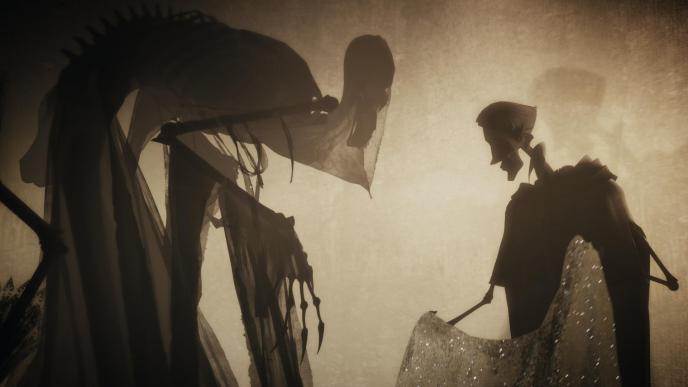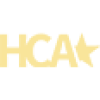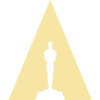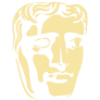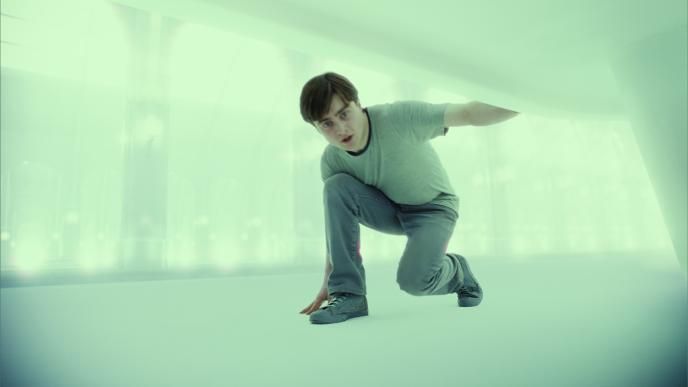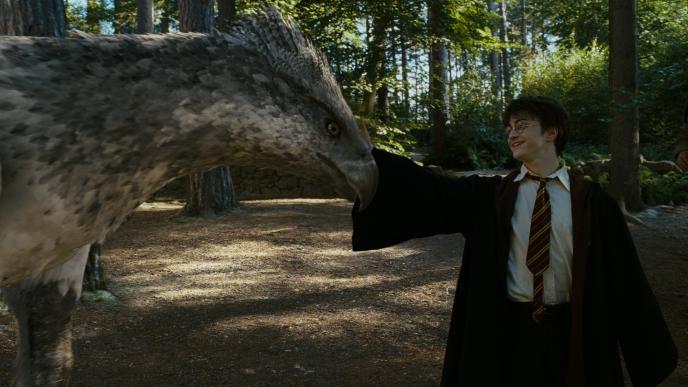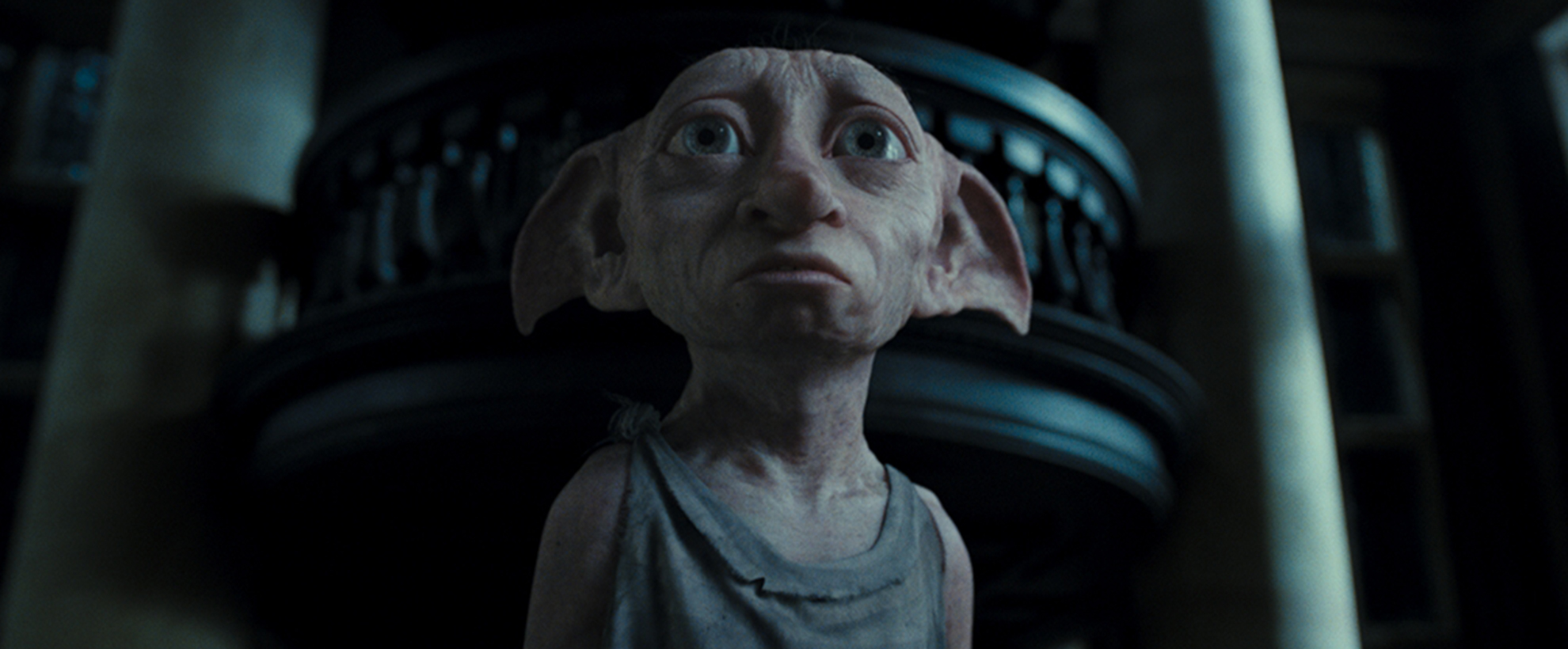
Harry Potter and the Deathly Hallows: Part 1
With the release of Harry Potter and the Deathly Hallows: Part 1 in 2010, one of the most ambitious film cycles in cinema's history started to draw to a close. Nine years after the appearance of the first Harry Potter film, J.K. Rowling's saga is concluded with the final book of the septet forming two feature films. Framestore's most significant contribution to Deathly Hallows: Part 1 is in its VES Award-winning (re)creation of Dobby the House Elf (voiced by Toby Jones), one of Harry Potter's oldest friends and a key figure in the events of this film, as well as that of Kreacher (voiced by Simon McBurney), another House Elf of more ambiguous loyalties.
The Framestore team breathed new life into Kreacher and Dobby – both funny and moving, joyful and sad. They created some truly memorable moments in the film. I am thoroughly thrilled with their work.
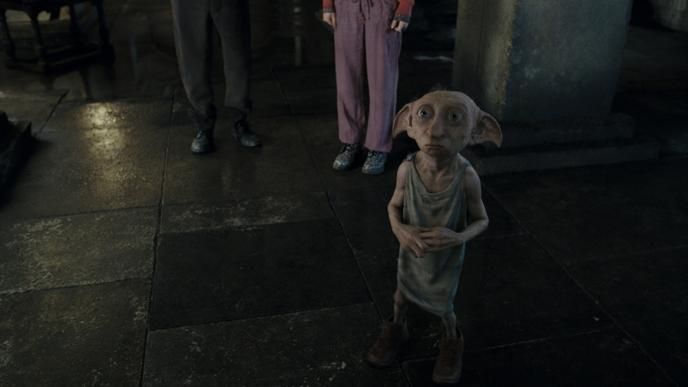
Summoning the Elves
Kreacher and Dobby first appear when Harry summons Kreacher to help him locate one of the Horcruxes, in the form of a locket held by Mundungus Fletcher. The two elves capture Fletcher and, clutching him, apparate back to Harry. Dobby's second appearance in the film occurs when he comes to rescue the three heroes from the clutches of the Death Eaters at Malfoy Manor. As they make their escape via a disapparation, Bellatrix hurls a knife which hits Dobby. Apparating on a desolate beach, Harry finds that his faithful friend is mortally wounded. In a profoundly moving scene, and the emotional climax of the film, Dobby dies, cradled in Harry's arms.
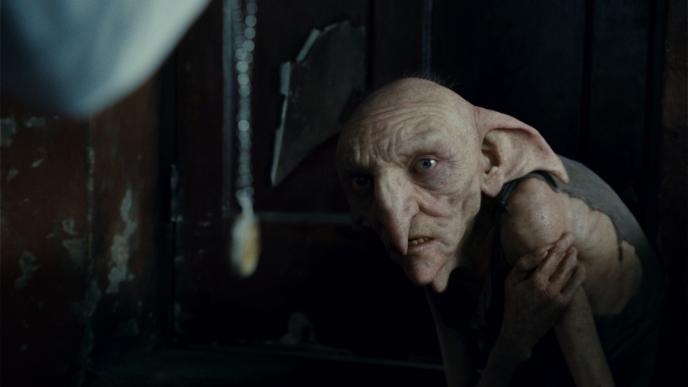
Animating the Elves
An important pre-production decision – one that played to Framestore's strengths – was that the two elves would be keyframe animated rather than 'acted' through motion capture. This followed a proof-of-concept demo prepared for Yates and Burke by a small team led by VFX Supervisor Christian Manz, Lead Animator Pablo Grillo and CG Supervisor Andy Kind in February 2009. 'Mo-cap is often Directors' and Supervisors' first choice when looking for photo-real humanoid performances', Animator Pablo points out. 'But with mo-cap you get "everything", which can result in that slightly queasy, uncanny valley sort of look. Our animators were able to carefully craft emotive and believable human performances from careful observation of a variety of sources'. Burke persuaded Yates on the importance of having the voice actors on set and performing on film, and with these performances as reference, together with the animators' research (including photographic studies of Framestore's oldest employee), and, vitally, their own imaginations, the Framestore team was able to engineer a staging that worked convincingly within the context of the edit and the quirky physicality of the House Elves.
It was that rarest of projects where everything (well, everything important) went right. We had a small team – no more than 60 overall – that worked fantastically well together.
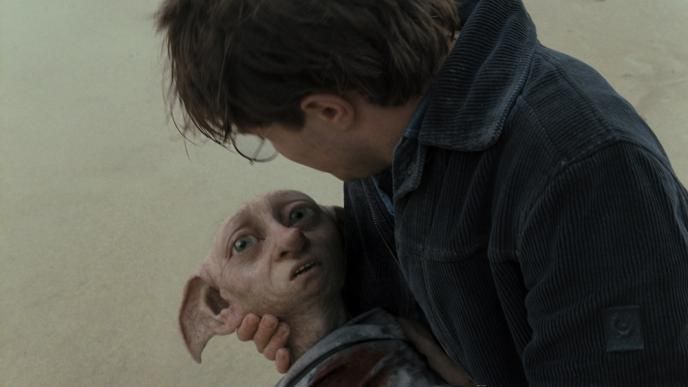
Dobby's Final Act
The rescue sequence at Malfoy Manor was notable from Framestore's point of view for its particularly demanding disapparation. To highlight the drama of Bellatrix’s hurtling knife flying towards and into the group as they are transporting away, Yates asked that the shots look as if they'd been filmed on a Phantom camera, i.e. in merciless slow motion. Shot at Freshwater West in Wales, the gritty location shoot featured a Dobby-sized body double and a dummy. Compositing Supervisor Christian Kaestner led the 8-strong compositing team. 'The dummy and the body double became lighting reference for Framestore while integrating the animated character into Radcliffe's arms', he says. 'Tim Burke shot a lot of reference and clean plates, but the takes that David Yates chose were the ones of Harry interacting with the stunt double. That required a lot of paintwork, so we went to Leavesden and shot texture reference of Harry's wardrobe and Radcliffe's hands, and we used those textures to rebuild parts of Harry that the double had obscured. We then restored areas of Harry's jacket, his shirt and hands by re-projecting and animating textures'. At the moment of his passing Framestore made Dobby's eyes appear watery, and desaturated his skin textures to make him wan and pale.
A lot of the power of Dobby's death came from the way David Yates shot it. It was extremely gritty, with a lot of free camera movement.
The Tale of the Three Brothers
At an earlier point in the film, Hermione is directed to read aloud a story from The Tales of Beedle the Bard, her book of fairytales. The story is a wizard folktale about three enchanted artifacts – ‘The Deathly Hallows’ – that grant their owners dominion over Death. To take the audience into this tale within a tale, the production hit upon the idea of an animated interlude depicting the events as Hermione narrates them. The result is a stunning, almost 3 minute sequence, directed by Ben Hibon and created by a 37-strong crew drawn from Framestore's Commercials team, led by Sequence Supervisor Dale Newton. Find out more about this scene here.
